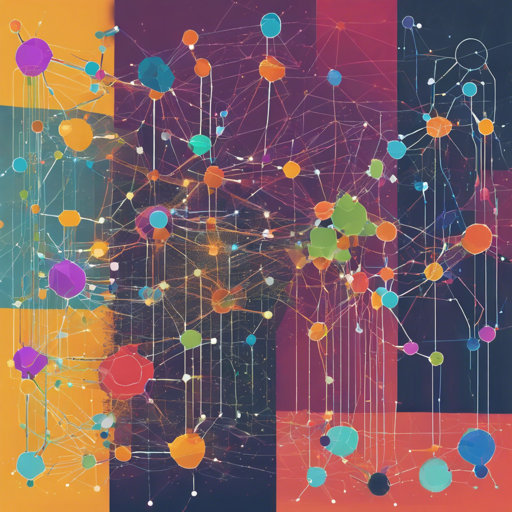Welcome to the fascinating world of Convolutional Neural Networks (ConvNets or CNNs)! In this blog, we’ll embark on a journey to explore and implement modern CNN architectures suitable for visual recognition tasks. Whether you’re aiming for image classification, object detection, or image segmentation, knowing how to capitalize on existing architectures is essential.
Getting Started with Convolutional Neural Networks
Convolutional Neural Networks have revolutionized visual recognition tasks. They consist of three main layers: convolution, max-pooling, and fully connected layers. To help you grasp these concepts, let’s use an analogy:
- Convolution Layers: Think of convolution layers as skilled artists using various sized brushes (filters) to paint the critical features on a canvas (image), extracting necessary details with each stroke.
- Max-Pooling Layers: Imagine max-pooling layers as a team of curators selecting only the best pieces from a large gallery (activation maps) to showcase, effectively summarizing the collection while removing redundant artworks.
- Fully Connected Layers: These can be likened to examiners matching the unique styles of these curated artworks (features) to their respective categories (labels), essentially deciding their place in an art exhibition (classification).
Modern architectures, like ResNet, delve deeper, integrating residual connections that allow for better learning across deeper networks. This is crucial for achieving high accuracy in complex tasks!
ConvNet Architectures to Explore
Let’s quickly glance through notable architectures you might want to implement:
- AlexNet: [Implementation](https://github.com/Nyandwi/ModernConvNets/blob/main/convnets01-alexnet.ipynb) | [Paper](https://proceedings.neurips.cc/paper/2012/file/c399862d3b9d6b76c8436e924a68c45b-Paper.pdf)
- VGG: [Implementation](https://github.com/Nyandwi/ModernConvNets/blob/main/convnets02-vgg.ipynb) | [Paper](https://arxiv.org/pdf/1409.1556.pdf)
- ResNet: [Implementation](https://github.com/Nyandwi/ModernConvNets/blob/main/convnets04-resnet.ipynb) | [Paper](https://arxiv.org/abs/1512.03385)
- DenseNet: [Implementation](https://github.com/Nyandwi/ModernConvNets/blob/main/convnets05-densenet.ipynb) | [Paper](https://arxiv.org/abs/1608.06993v5)
- EfficientNet: [Implementation](https://github.com/Nyandwi/ModernConvNets/blob/main/convnets10-efficientnet.ipynb) | [Paper](https://arxiv.org/abs/1905.11946v5)
Choosing the Right Architecture
Selecting the appropriate ConvNet architecture for your project can be daunting due to the myriad of options. Here’s a guideline:
- For generic problems, start with ResNet-50.
- For mobile applications with limited resources, consider MobileNets.
- For a balance between accuracy and efficiency, EfficientNet is advisable.
Remember, there is no one-size-fits-all architecture. Experimentation is key!
Troubleshooting
If you encounter issues while using or implementing these architectures, here are some troubleshooting tips:
- Ensure that libraries and dependencies (like TensorFlow or Keras) are updated to the latest versions.
- If you’re facing performance issues, consider employing techniques like model pruning or quantization.
- Always check the size and quality of your dataset; poor datasets lead to poor model performance.
- For further insights, updates, or to collaborate on AI development projects, stay connected with fxis.ai.
Remember, practice makes perfect! The more you engage with these architectures, the better you understand their workings.
Conclusion
At fxis.ai, we believe that such advancements are crucial for the future of AI, as they enable more comprehensive and effective solutions. Our team is continually exploring new methodologies to push the envelope in artificial intelligence, ensuring that our clients benefit from the latest technological innovations.
I had a joyful experience in learning, revising, and implementing CNN architectures. I hope the information in this blog inspires you and makes your journey through ConvNets as enriching as mine!

